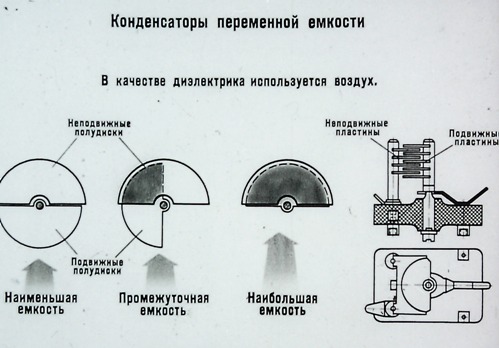Electrostatics in pictures
All matter is made up of atoms. An atom consists of a nucleus around which electrons revolve. The nucleus is positively charged and the electrons are negatively charged.
Atoms under the influence of external forces can lose or gain electrons. Such atoms are called ions. An electron that moves outside the orbit and does not experience the gravitational forces of the atomic nucleus is called a free electron.
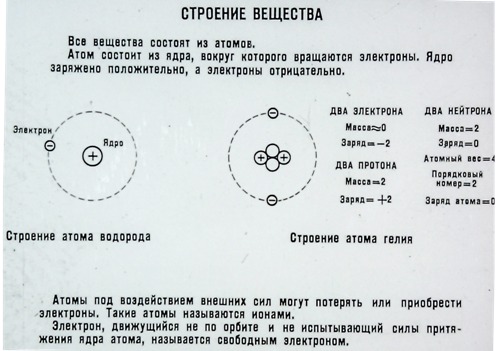
A seashell rubbed with a piece of wool acquires an electrical charge.
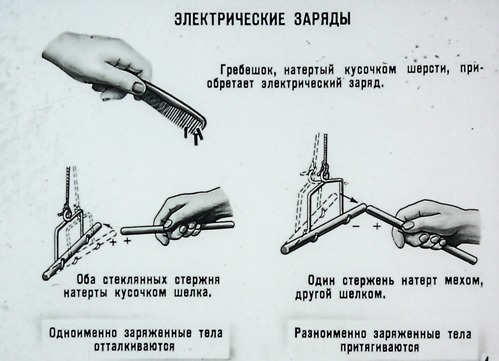
An electric field is a special kind of matter, different from matter, through which the action of some charged bodies on others is transmitted.
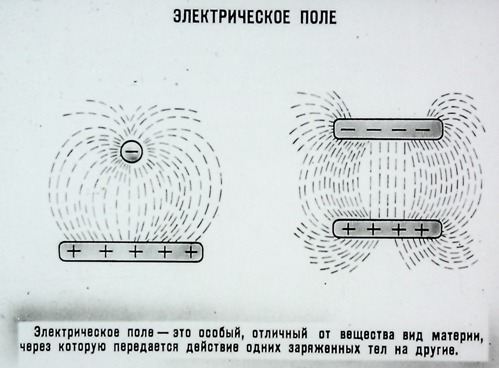
Coulomb's law
The force of interaction between two point electric charges is directly proportional to the product of the magnitudes of these charges and inversely proportional to the square of the distance between them.
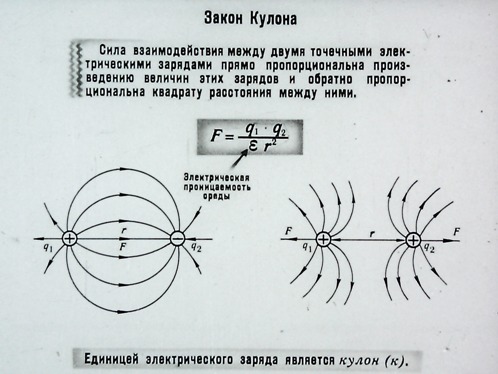
Electric field strength
The force acting on a stationary positive charge at a given point in the field is called the electric field strength.
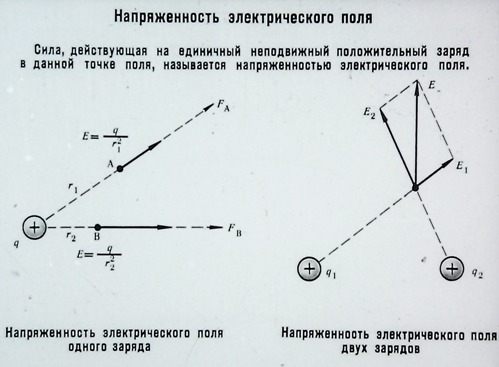
Field strength, along with magnitude, is characterized by direction.
The direction of tension coincides with the direction of the force acting on the positive charge and is always tangential to the line of tension.
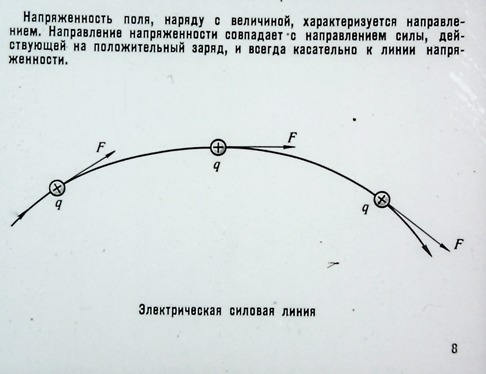
The work of moving the charge from one point to another does not depend on the shape of the path, but only on the position of those points.
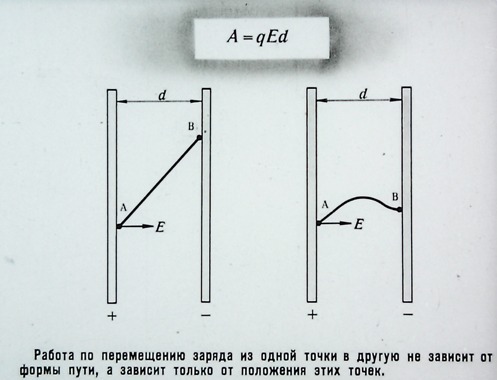
The electric potential at a given point in the field is numerically equal to the work done in introducing a unit positive charge outside the field to that point.
The potential difference between two points in an electric field is called voltage. The unit of potential and potential difference is the volt.
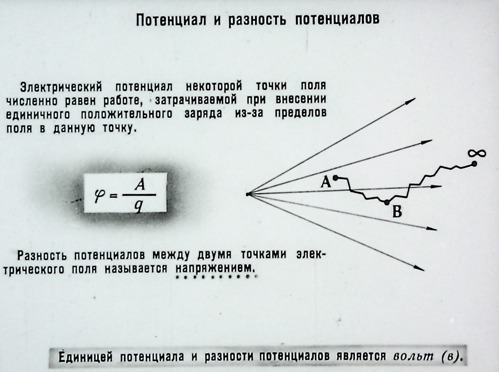
When the charges are in equilibrium, that is, when there is no movement, the charges of the conductor (electrons), due to the action of forces of mutual repulsion, are located on its outer surface.
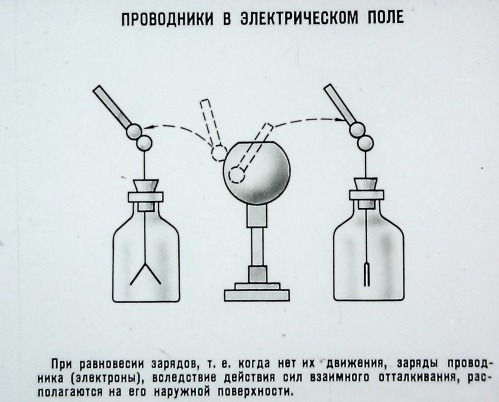
If electrical conductor, divided into two parts, then one part will be positively charged and the other negatively charged. This is due to the presence of free electrons.
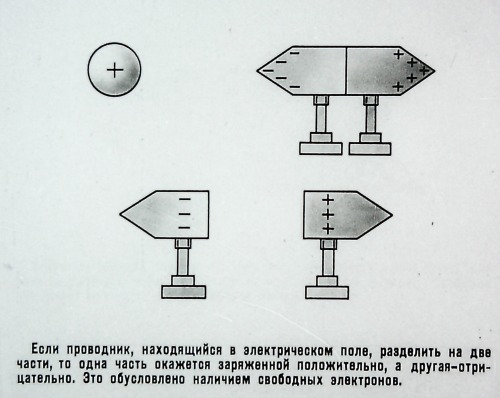
The charge density depends on the curvature of the surface of the conductor: where the curvature of the surface is greater, there is a greater density of charges. The charge density increases especially near sharp protrusions.
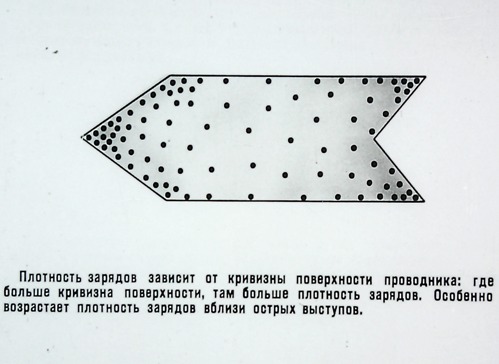
Under the influence of an electric field, the charges of atoms and molecules are oriented along the field. A predominance of positive charges is created on one side of the dielectric, and negative charges on the other. This process is called polarization.
If the dielectric is divided into two parts, then on the surfaces of both parts, unlike a conductor, there will be charges of both signs.

The ability of conductors separated by a dielectric to store electrical charge is called electrical capacitance.
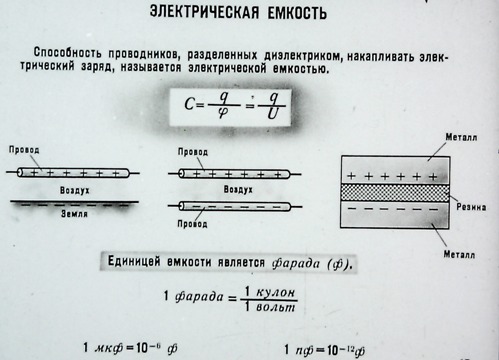
Two conductors insulated from each other and located close to each other form a capacitor.
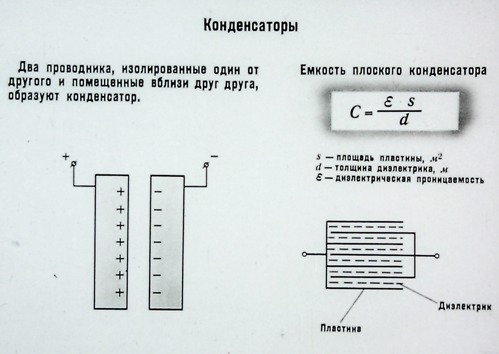
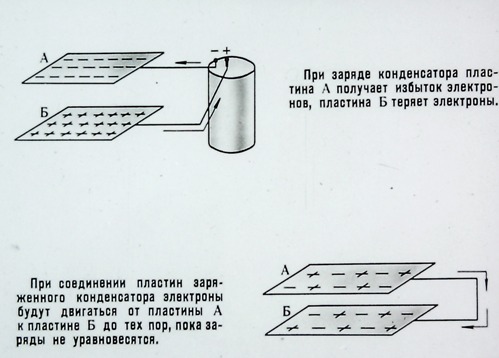
The dependence of the capacitance of the capacitor on the size of the plates and the distance between them

Parallel connection of capacitors
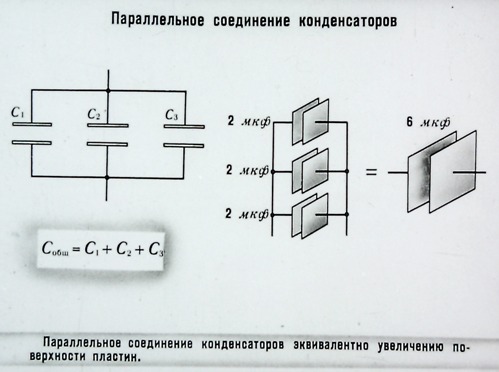
Series connection of capacitors
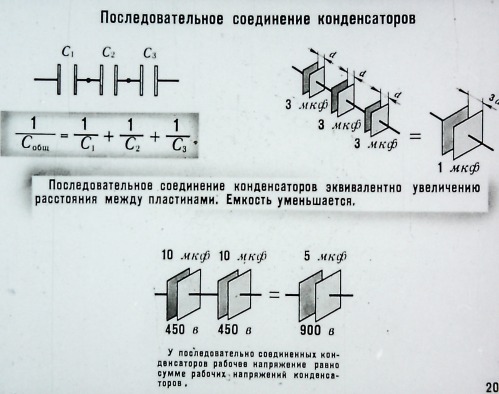
Fixed capacitors
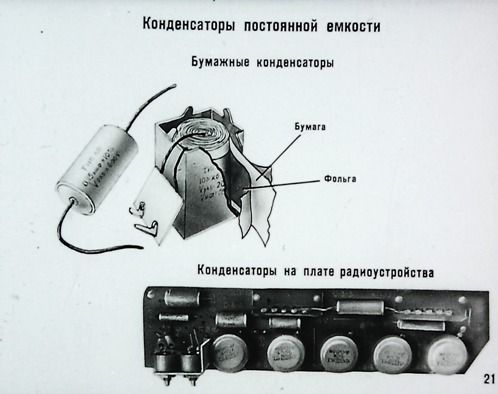
Variable capacitors
